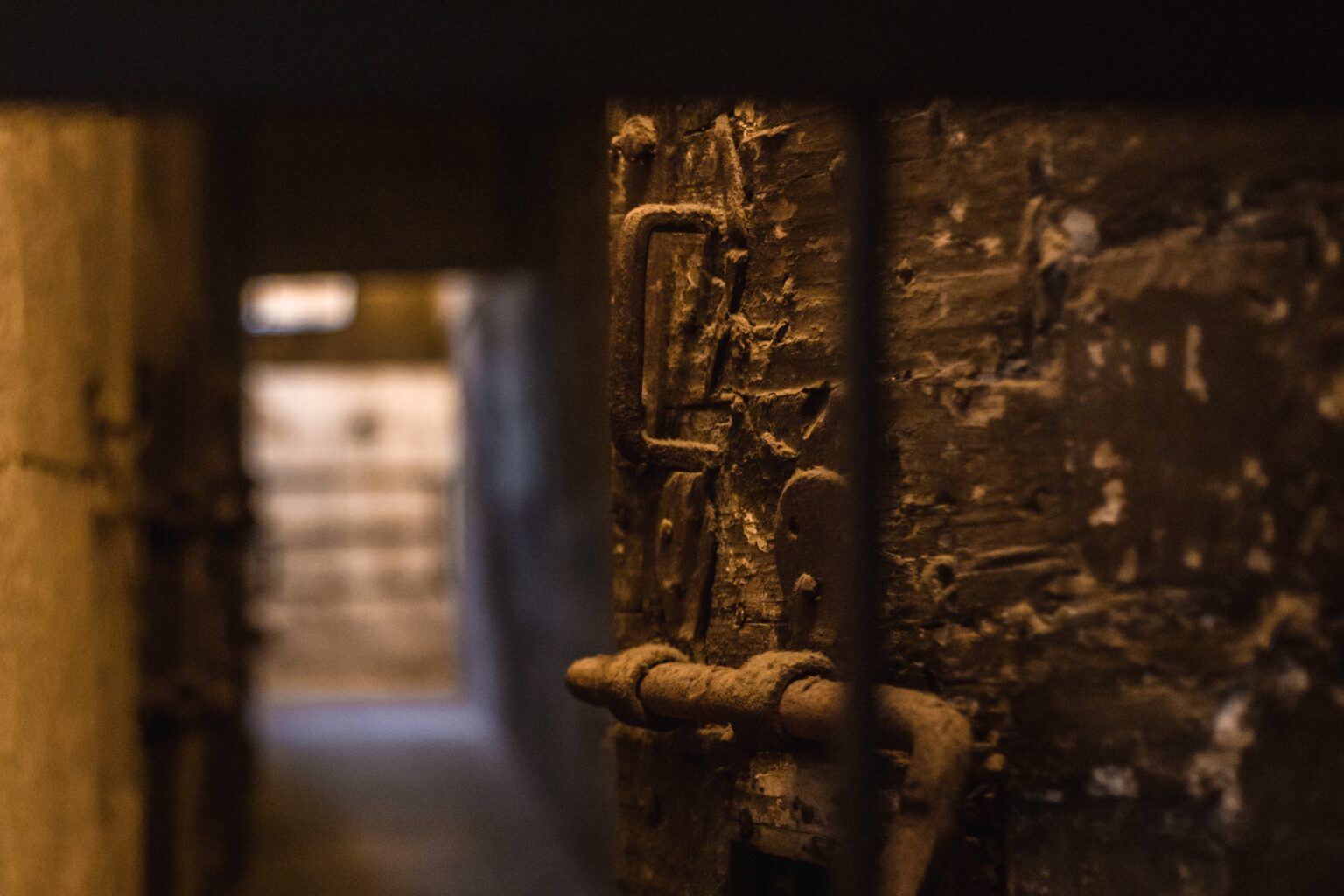Given these general guidelines, it is possible to make some considerations on the success of the project, that is, if it has solved the problems of detention in the Doge’s Palace, and first of all that of space. Ultimately, it can be said that this did not happen, since even in the New Prisons the cells ended up overcrowded. Other problems ended up making detention very difficult such as poor hygiene – cells were cleaned during the year (not during the month or during the week) with vinegar and quicklime, in addition to the common use of a wooden bucket as a toilet, which created an unbearable stench in the small space shared by the prisoners. Finally, as a further factor, the congenital humidity of the lagoon environment is added, to make the prison the ideal environment for the spread of diseases, epidemics, mice, rats, and insects.
The last evaluation with numbers gives us the exact vision of the real improvements that could be obtained: in the Doge’s Palace 35% of the prisoners managed to survive, in the Palazzo delle Prigioni Nuove it reached about 45-50%, which in other words, it means that the remaining 50% ended their existence here.






